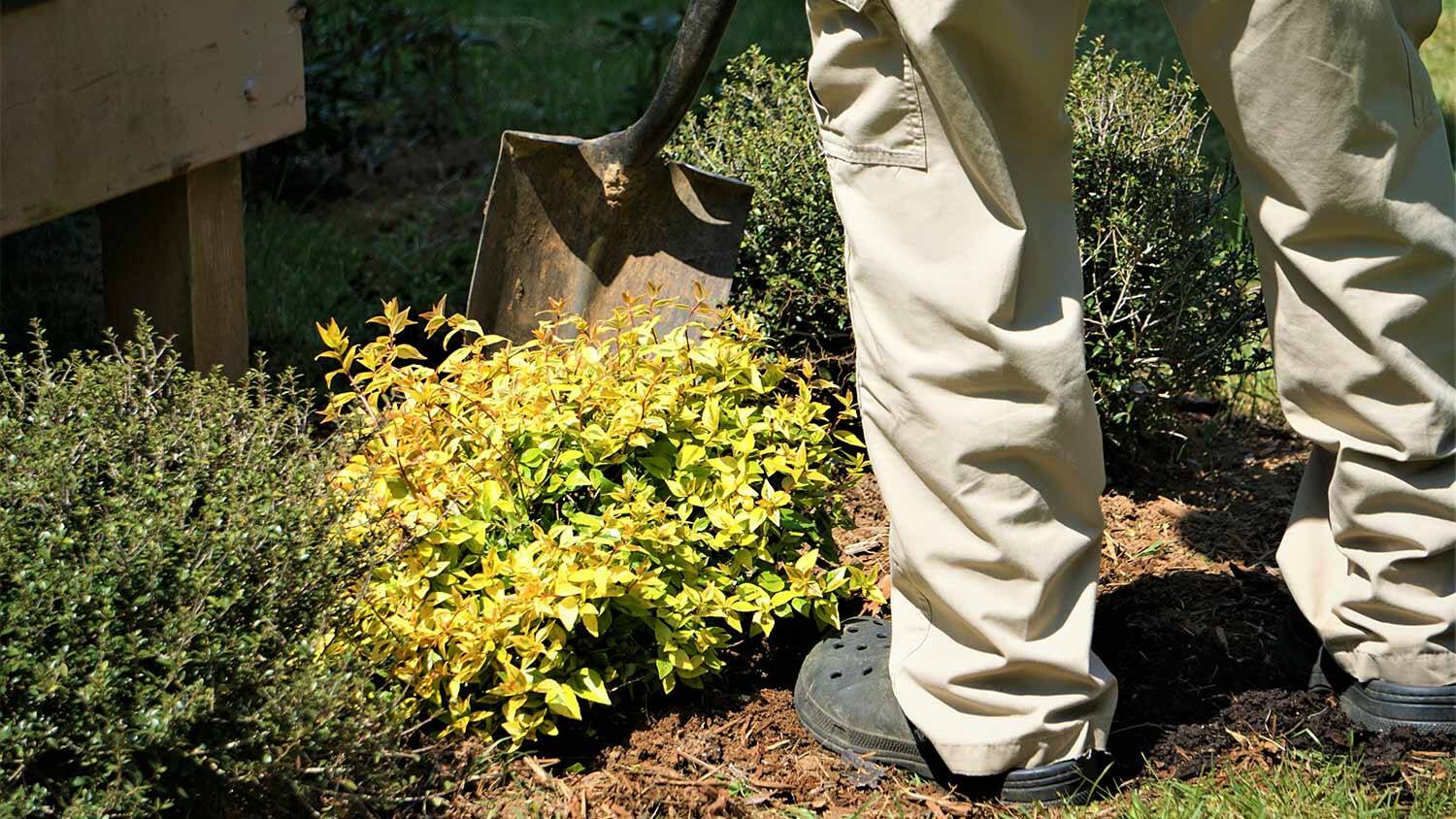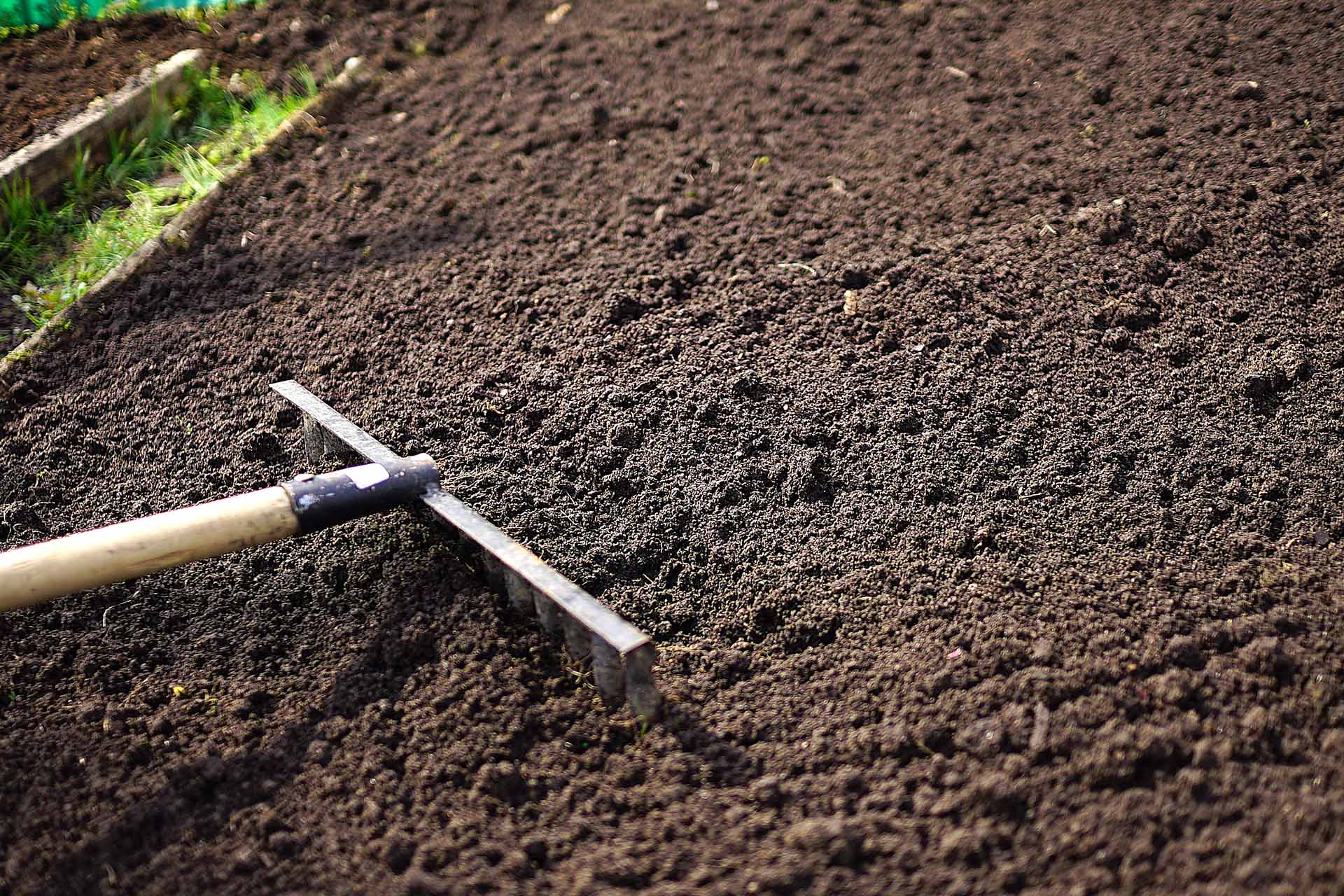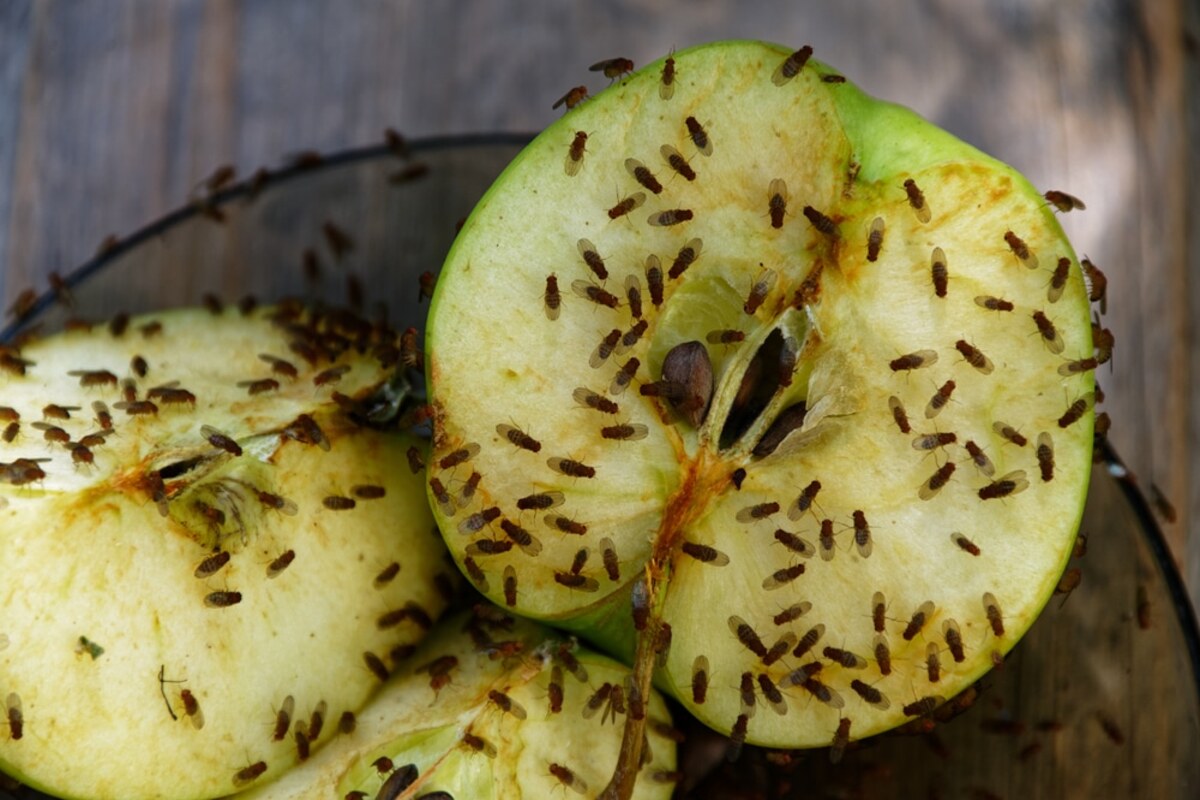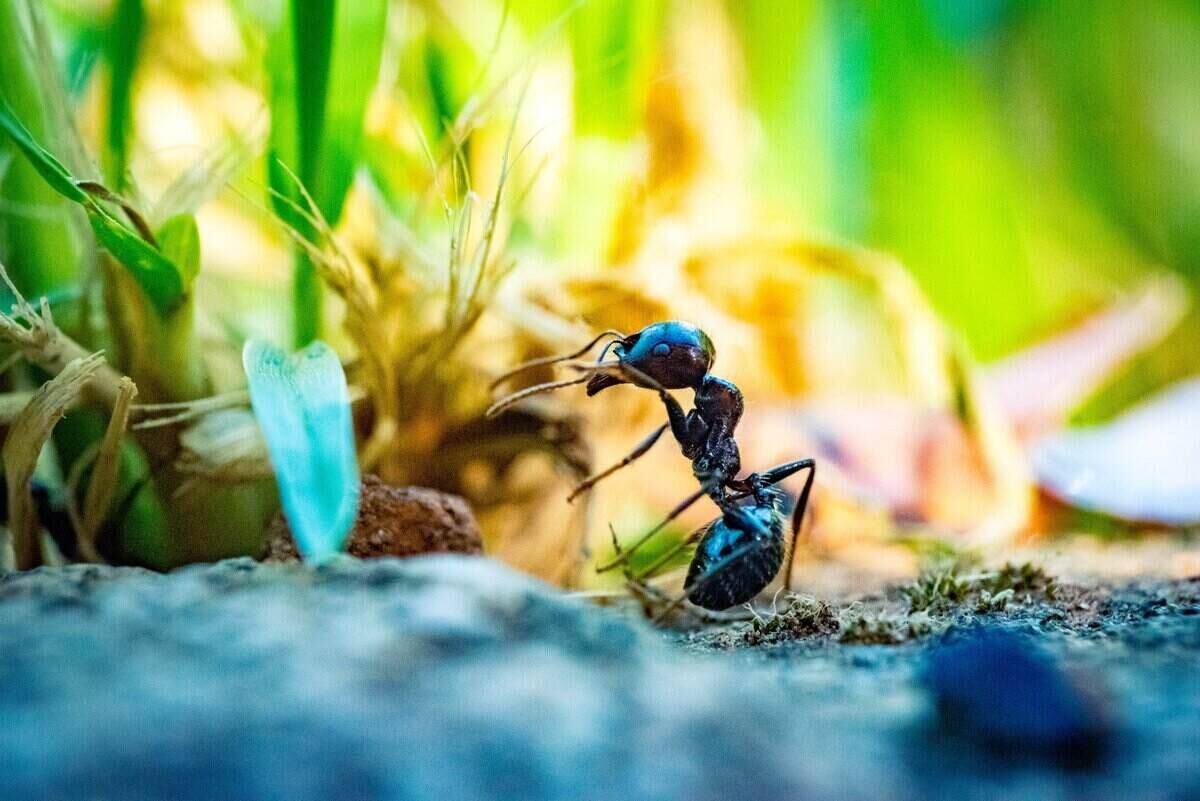Home>Gardening Tips and Tricks>Problem Solving>How To Get Rid Of Spider Mites On Succulents
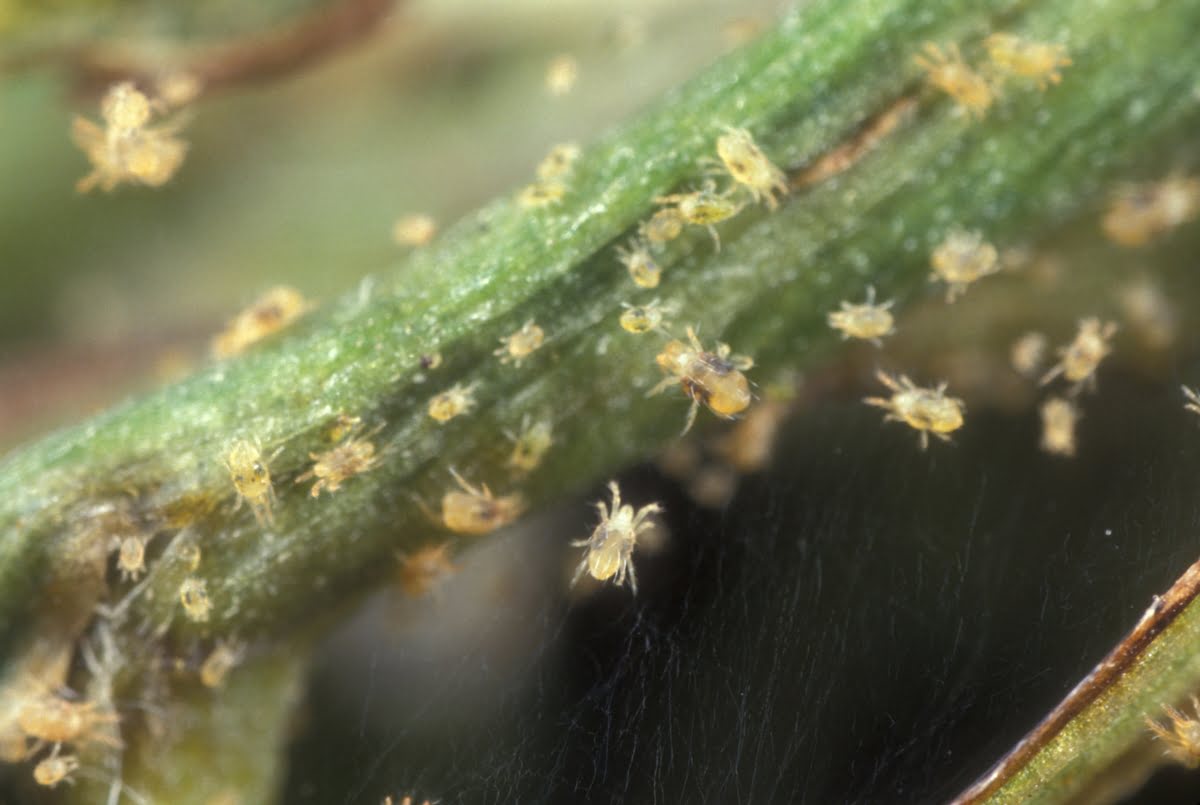

Problem Solving
How To Get Rid Of Spider Mites On Succulents
Published: December 28, 2023
Learn effective problem-solving techniques to eliminate spider mites on your succulents and restore their health and beauty.
(Many of the links in this article redirect to a specific reviewed product. Your purchase of these products through affiliate links helps to generate commission for Chicagolandgardening.com, at no extra cost. Learn more)
Table of Contents
Introduction
Welcome to our comprehensive guide on how to get rid of spider mites on succulents. Succulents are known for their beautiful and unique appearance, making them popular among plant enthusiasts. However, these charming plants are not immune to problems, and spider mites are one of the most common pests that can infest succulents. Spider mites are tiny arachnids that feed on the sap of plants, causing leaf discoloration, webbing, and overall decline in plant health.
If you notice signs of spider mite infestation on your succulents, it is crucial to take immediate action to prevent further damage and save your plants. In this guide, we will walk you through everything you need to know about spider mites, how to identify their presence, and most importantly, effective techniques to eliminate these pests.
Whether you are a beginner succulent enthusiast or a seasoned gardener, understanding how to deal with spider mites is essential to keep your plants thriving. We will cover natural remedies and chemical options for spider mite control, as well as provide tips on preventive measures and proper care for your succulents. By the end of this article, you will have all the knowledge and tools necessary to combat spider mites and ensure the health and beauty of your succulents.
So, grab your gardening gloves and get ready to tackle those spider mites head-on. Let’s dive into the world of succulent care and learn how to keep these pesky pests at bay!
Understanding Spider Mites
To effectively combat spider mites on your succulents, it’s essential to have a thorough understanding of these tiny pests. Spider mites belong to theTetranychidae family and are commonly found in gardens, indoor plants, and greenhouses. Despite their name, they are not insects but rather arachnids, closely related to spiders and ticks.
Spider mites are incredibly small, measuring only about 0.5 millimeters in size. The most common species that infest succulents are the two-spotted spider mite (Tetranychus urticae) and the red spider mite (Tetranychus cinnabarinus).
These tiny creatures thrive in warm and dry environments, making succulents an ideal target. They reproduce rapidly, with females laying up to 100 eggs over a two to three-week period. This fast reproduction cycle means that spider mite infestations can quickly escalate if left unchecked.
Spider mites are notorious for their ability to cause significant damage to plants. They use their sharp mouthparts to pierce the succulents’ leaves and extract the sap, leading to discoloration, yellowing, and eventually the death of affected foliage. In severe cases, spider mite infestations can even cause stunted growth and plant death.
One of the most frustrating aspects of spider mites is their ability to spin fine, delicate webs over the plant’s surface. These webs serve several purposes for the mites. Firstly, they provide a sheltered environment where the mites can hide and reproduce. Secondly, the webs protect the mites from natural predators, making it more difficult to control the infestation.
Now that you have a basic understanding of spider mites and their characteristics, it’s time to move on to the next section, where we will explore the signs and symptoms of spider mite infestation on succulents. This knowledge will help you identify and take action against these pesky pests effectively.
Signs and Symptoms of Spider Mite Infestation
Identifying the signs and symptoms of a spider mite infestation on your succulents is crucial for timely intervention and effective control. While these tiny pests may be difficult to spot with the naked eye, their presence can be detected through specific indicators:
1. Leaf discoloration: Spider mites extract sap from the leaves, causing them to develop a speckled or stippled appearance. Initially, this discoloration may appear as light yellow or white spots on the leaf surface, gradually turning yellow or bronze as the infestation progresses.
2. Webbing: Spider mites are known for their ability to produce fine, silk-like webbing. You may notice delicate webs on the leaves and between stems, especially in severe infestations. These webs not only serve as shelters for the mites but also contribute to the overall decline of the plant’s health.
3. Leaf damage: In addition to discoloration, spider mites can cause various forms of leaf damage. This includes curling or distortion of leaves, stunted growth, and premature leaf drop. Over time, the affected leaves may become dry and brittle.
4. Tiny, moving dots: Examine your succulents closely, using a magnifying glass if necessary. Spider mites themselves are incredibly small, ranging from pale yellow to red in color. They may appear as tiny moving dots on the leaves, particularly on the undersides.
5. Plant vitality: A healthy succulent should have firm, plump leaves. An infested plant, on the other hand, may show signs of overall decline, such as wilting or a weakened appearance. Spider mites drain the vitality of the succulent by feeding on its sap, which affects the plant’s ability to thrive.
It’s important to note that early detection is key to preventing the spread of spider mites. Regularly inspect your succulents, especially those that are more prone to infestations, such as those kept in warm and dry environments. Consider quarantining new plants before introducing them to your existing collection to avoid potential infestations.
In the next section, we will explore preventative measures and proper care techniques to keep your succulents healthy and less susceptible to spider mite infestations.
Prevention and Proper Care for Succulents
Prevention is often the best approach when it comes to dealing with spider mites on succulents. By following proper care techniques and implementing preventive measures, you can create an environment that is less conducive to spider mite infestations. Here are some tips to keep your succulents healthy:
1. Provide adequate lighting: Succulents thrive in bright, indirect light. Ensure that your succulents are placed in a well-lit area to encourage healthy growth. Proper lighting also helps to deter spider mites, as they prefer dark and sheltered environments.
2. Control humidity levels: Spider mites thrive in dry conditions. Increase humidity around your succulents by placing a tray filled with water near the plants or using a humidifier. This will create an environment that is less favorable for spider mite infestations.
3. Avoid overwatering: Succulents are adapted to survive in arid conditions and are susceptible to root rot if overwatered. Water your succulents only when the soil is completely dry, and ensure that the potting mix has excellent drainage. Excess moisture can attract pests, including spider mites.
4. Practice proper sanitation: Regularly clean your succulents’ leaves by gently wiping them with a damp cloth. This helps remove dust and debris, which can attract spider mites. Additionally, remove any fallen leaves or debris from the base of the plants to eliminate hiding spots for pests.
5. Monitor for early signs: Stay vigilant and regularly inspect your succulents for any signs of spider mite infestations. Catching them early allows for swift intervention and prevents the infestation from spreading to other plants in your collection.
6. Isolate new plants: When adding new succulents to your collection, keep them separate from your existing plants for a few weeks. This quarantine period will allow you to monitor the new plants for any signs of pests or diseases before introducing them to your other succulents.
By implementing these preventative measures and providing proper care for your succulents, you can significantly reduce the risk of spider mite infestations. However, if you do find yourself dealing with an infestation, don’t worry. In the following sections, we will explore natural remedies and chemical options for effective spider mite control on succulents.
Natural Remedies for Spider Mite Control
When it comes to controlling spider mites on succulents, natural remedies can be highly effective and are safe for both your plants and the environment. These natural solutions target and disrupt the life cycle of spider mites, helping to eliminate them without the use of harsh chemicals. Here are some natural remedies you can try:
1. Water spray: One of the simplest methods to combat spider mites is by spraying your succulents with a strong stream of water. Use a hose or a spray bottle to wash away the pests from the leaves, focusing on the undersides where they often hide. Repeat this process several times over a few days to fully eradicate the infestation.
2. Neem oil: Neem oil is a popular organic insecticide that works effectively against spider mites. Mix a few drops of neem oil with water in a spray bottle and thoroughly coat your succulents, ensuring to cover both the upper and lower surfaces of the leaves. Neem oil disrupts the mites’ growth and reproduction, providing long-lasting control.
3. Garlic spray: Garlic contains natural compounds that repel pests, including spider mites. Crush a few cloves of garlic and soak them in water overnight. Strain the mixture and add it to a spray bottle. Spray your succulents, paying close attention to the affected areas. Repeat this process every few days until the infestation subsides.
4. Isopropyl alcohol: Isopropyl alcohol is an effective way to kill spider mites on contact. Dilute a small amount of isopropyl alcohol with water and spray it directly on the affected succulents. The alcohol will quickly desiccate the mites and their eggs, helping to control the infestation.
5. Ladybugs: Introducing ladybugs into your succulent garden can be an excellent natural solution for spider mite control. Ladybugs are voracious predators of spider mites and can help keep their population in check. You can purchase ladybugs from garden centers or order them online, releasing them near your infested succulents.
Remember to monitor the effectiveness of these natural remedies and reapply them as needed. Additionally, it’s important to note that while these remedies are generally safe for succulents, it’s prudent to test them on a small portion of the plant before applying them extensively.
Now that you’re equipped with natural solutions for spider mite control, you may explore chemical options if the infestation persists or becomes severe. In the following section, we will discuss some chemical treatments that can be used as a last resort.
Chemical Options for Spider Mite Control
While natural remedies are often the preferred choice for controlling spider mites on succulents, there may be situations where chemical treatments are necessary, especially if the infestation is severe and other methods have been ineffective. When using chemical options, it is essential to follow the instructions carefully and consider the safety of both the plants and the environment. Here are some common chemical treatments:
1. Insecticidal soap: Insecticidal soaps are formulated specifically to target soft-bodied pests like spider mites. These soaps work by suffocating and dehydrating the pests. Dilute the soap according to the instructions on the label and apply it to your succulents, thoroughly coating all surfaces of the plant. Repeat the treatment as necessary, following the recommended intervals.
2. Miticide: Miticides are chemical products designed specifically for mite control. These products are available in both synthetic and organic formulations. Follow the instructions on the label carefully, as each miticide may have specific instructions for proper application and dosage. It’s important to note that some miticides may leave residue on the plants, so be cautious if you plan to consume the succulents.
3. Pest control professional: If the spider mite infestation persists despite your efforts, consider consulting a pest control professional. They have access to a range of specialized products and can apply them safely and effectively. Additionally, they can provide advice on long-term prevention strategies to avoid future infestations.
When using chemical options, always prioritize the health and safety of your succulents. Follow the recommended dosage, application frequency, and safety precautions as instructed on the product label. It’s important to note that some chemical treatments may have adverse effects on beneficial insects, so exercise caution if you have a garden ecosystem with natural predators.
Proper Cleaning and Disposal Techniques
After treating your succulents for spider mite infestation, it is crucial to properly clean and dispose of any materials that may harbor the pests. Here are a few cleaning and disposal techniques to consider:
1. Isolate infested plants: If possible, quarantine the infested succulents from your healthy plants to prevent the infestation from spreading. Keep the infested plants away from other vegetation until the mites are completely eliminated.
2. Prune affected areas: Trim off heavily infested leaves or stems using clean, sharp pruning shears. Dispose of the pruned plant parts in a sealed plastic bag to prevent any potential spread of the mites.
3. Clean gardening tools: Spider mites can cling to gardening tools and potentially spread to other plants. After working with infested succulents, clean your tools thoroughly with a disinfectant or a mix of bleach and water to ensure that they are free of any pests or eggs.
4. Sanitize the growing area: If the infestation occurred in an indoor space or greenhouse, clean the area thoroughly after dealing with the spider mites. Use a mixture of soap and water or a disinfectant to clean any surfaces, including pots, trays, and surrounding areas, to minimize the risk of reinfestation.
By following these cleaning and disposal techniques, you can minimize the chances of a recurring spider mite infestation and ensure the health of your succulents in the long term.
Proper Cleaning and Disposal Techniques
After treating your succulents for spider mite infestation, it is crucial to properly clean and dispose of any materials that may harbor the pests. Here are a few cleaning and disposal techniques to consider:
1. Isolate infested plants: If possible, quarantine the infested succulents from your healthy plants to prevent the infestation from spreading. Keep the infested plants away from other vegetation until the mites are completely eliminated.
2. Prune affected areas: Trim off heavily infested leaves or stems using clean, sharp pruning shears. Dispose of the pruned plant parts in a sealed plastic bag to prevent any potential spread of the mites.
3. Clean gardening tools: Spider mites can cling to gardening tools and potentially spread to other plants. After working with infested succulents, clean your tools thoroughly with a disinfectant or a mix of bleach and water to ensure that they are free of any pests or eggs.
4. Sanitize the growing area: If the infestation occurred in an indoor space or greenhouse, clean the area thoroughly after dealing with the spider mites. Use a mixture of soap and water or a disinfectant to clean any surfaces, including pots, trays, and surrounding areas, to minimize the risk of reinfestation.
5. Dispose of infested plants: In some cases, the spider mite infestation may be too severe, or the affected succulents may be beyond recovery. In such instances, it is best to dispose of the infected plants to prevent the infestation from spreading to other plants. Bag the infested plants in plastic and discard them in the trash or burn them if permitted by local regulations.
By following these cleaning and disposal techniques, you can minimize the chances of a recurring spider mite infestation and ensure the health of your succulents in the long term.
Conclusion
Dealing with spider mites on succulents can be a frustrating experience, but with the right knowledge and techniques, you can effectively control and eliminate these pests. By understanding the characteristics of spider mites and recognizing the signs of infestation, you can take prompt action to protect your succulents.
Prevention is key, and implementing proper care techniques, such as providing adequate lighting, controlling humidity levels, and practicing good sanitation, can minimize the risk of spider mite infestations. However, if an infestation does occur, natural remedies like water sprays, neem oil, garlic sprays, and introducing ladybugs can be effective solutions.
If natural remedies prove ineffective or the infestation is severe, chemical options like insecticidal soaps or miticides can be utilized as a last resort. Remember to follow the instructions on the product label and consider the safety of your plants and the environment when using chemical treatments.
After treating your succulents, proper cleaning and disposal techniques are essential to prevent any potential spread of spider mites. Isolate infested plants, prune affected areas, sanitize gardening tools, and dispose of heavily infested plants in sealed plastic bags or according to local regulations.
By arming yourself with knowledge and utilizing a combination of prevention, natural remedies, and chemical options (if necessary), you can effectively combat spider mite infestations and ensure the health and beauty of your succulents.
Now, armed with the knowledge and techniques outlined in this comprehensive guide, you are ready to take on the challenge of spider mite control. Remember to remain vigilant, practice regular plant care, and intervene promptly if you notice any signs of spider mite infestations.
Your succulents deserve a pest-free environment to thrive, and with the right approach, you can provide them with the care they need to flourish. Happy gardening and may your succulents be vibrant, healthy, and free from spider mite pests!
